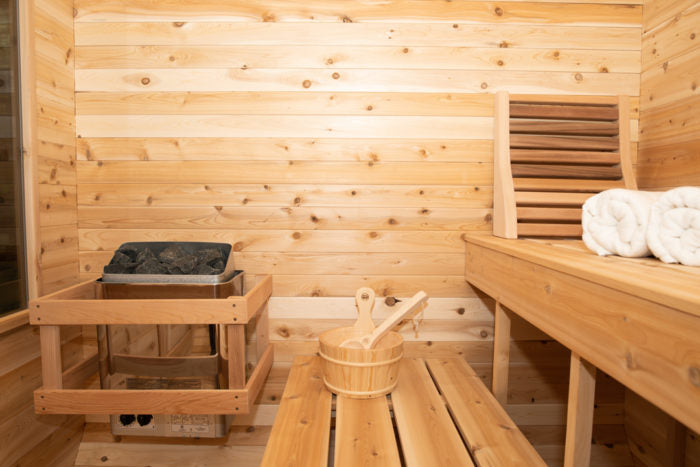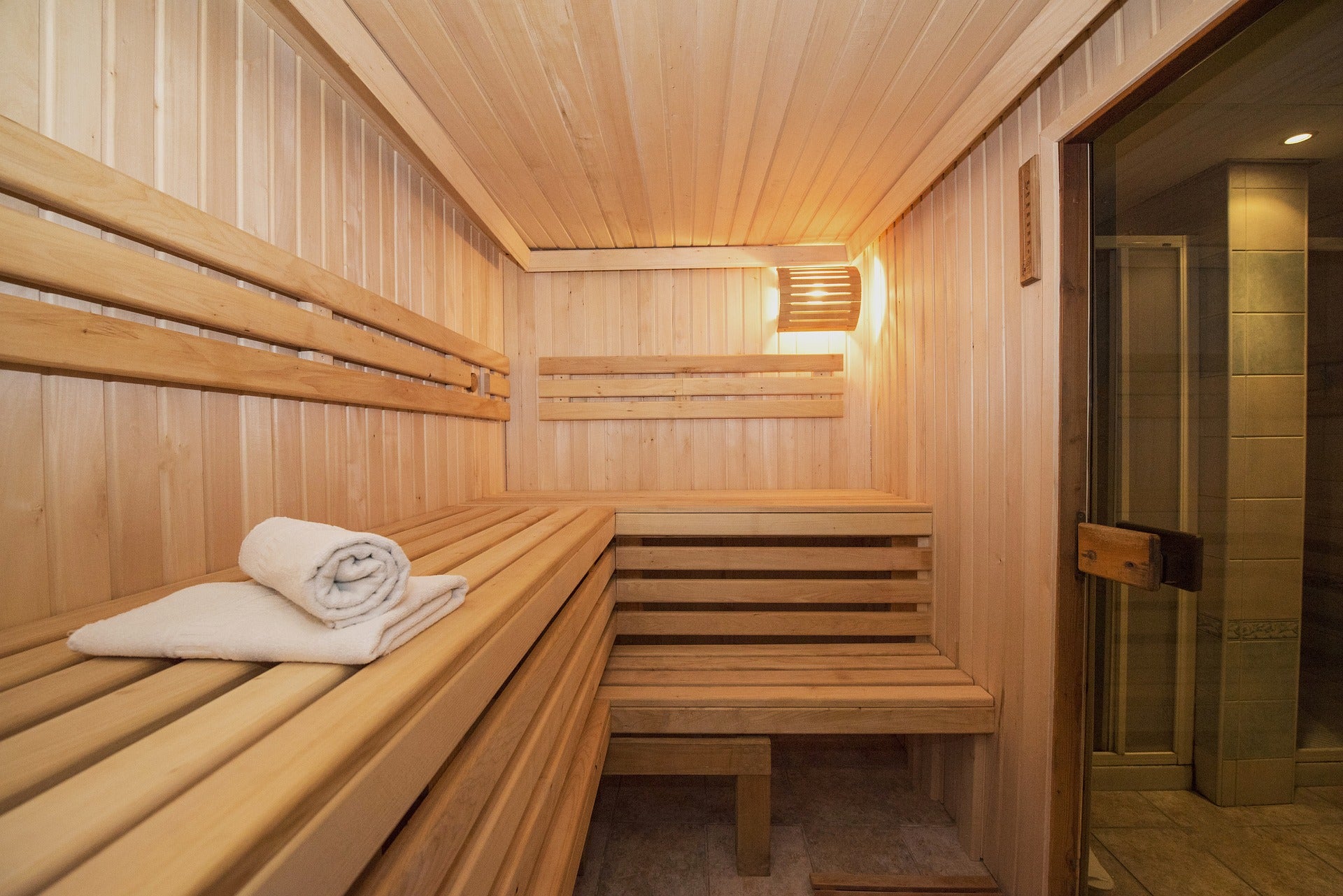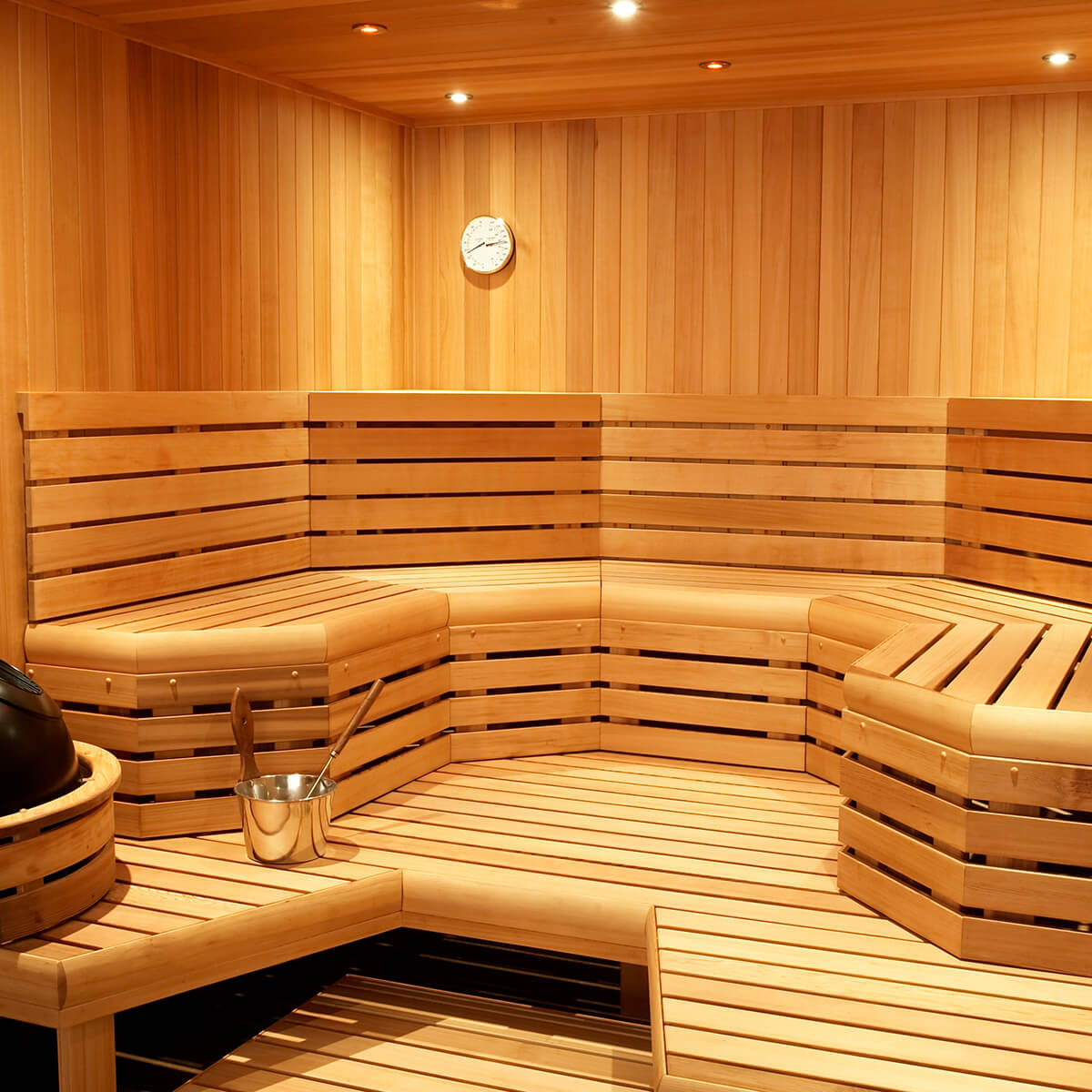About Traditional Sauna
About Traditional Sauna
Blog Article
Traditional Sauna Fundamentals Explained
Table of Contents7 Simple Techniques For Traditional SaunaThe Only Guide to Traditional Sauna7 Easy Facts About Traditional Sauna ShownTraditional Sauna Can Be Fun For EveryoneSome Ideas on Traditional Sauna You Should Know
Most of the weight lost in a sauna is water loss and is re-gained upon rehydrating. Nevertheless, certainly sauna can be a vital part of a healthy and balanced fat burning program. To check out the distinctions in between typical and IR saunas, I will separate these into proven, academic, and produced distinctions.Therefore, the hottest factor in the saunawhich goes to the ceiling directly above the sauna heateris normally in between 185 and 190 F. Claims that a conventional sauna surpasses 200 F is simply not real and not appropriate for electrical saunas offered in the US. The temperature for a far-infrared sauna is generally established in between 120 and 140 F; however, unlike the conventional sauna, the goal in and IR space is not to attain a heat.
As a result of this, the temperature level distinction is almost pointless, considering that profuse sweating results in both sauna types, but the approach of heating up the body is various. In an IR sauna the bather will really feel warm and will sweat profusely, however at much lower temperatures (Traditional Sauna). Therefore, if the goal is to invest longer time periods in the sauna, the IR sauna is an excellent choice
When a typical sauna has actually been correctly heated up, the sauna wall surfaces are cozy, the air temperature level has actually attained established temperature level and the rocks are very heated. As an interesting side note, the warmed wall surfaces and the rocks are discharging far-infrared warm, incorporated with the heated air, to develop an "covering warm".
Excitement About Traditional Sauna

When the heat is accomplished, the elements cycle on and off to keep the high temperature. A lot of standard sauna customers enjoy pouring water over the rocks to produce heavy steam to elevate sauna humidity degrees. The benefits of putting water over the rocks consist of: making the space more comfortable, moistening the nasal passages, and enabling the usage of aromatherapy by mixing crucial oils with the water.

When the energy gets in the body, it triggers the body temperature level to increase and ultimately causes perspiration. In an infrared sauna it is necessary for the emitters/heaters to continue to be on nearly continuously. Because there is no mass of rocks to keep heat, the sauna will cool down if the emitters turned off.
As mentioned above, the sauna bather in top article an infrared room wants to place himself in front of running emitters to obtain maximum gain from the warmth. The heating time for the two rooms can be extremely different, relying on how the areas are utilized. For a conventional sauna, a bather should enable 30-40 mins for the room to attain a desired temperature and to appropriately pre-heat the rocks.
The Best Strategy To Use For Traditional Sauna
A well created sauna will normally achieve a temperature of 150-160 F in concerning 30-40 minutes. For hotter temperature levels, the space may need to heat for a longer period. As soon as the area achieves set temperature level, the heating unit will certainly cycle on and off, generally running about 50% of the time. The protected walls and the heated rocks will certainly maintain the area hot and at steady temperatures.

Typical saunas have a tendency to be larger (thus utilize even more electrical power) than infrared saunas, although typical saunas are certainly readily available in one and two person sizes too. For a two-person conventional sauna, 5x6 or 5x7 dimension is most prominent. The leading bench can easily seat two or 3 individuals and is also enough time to relax throughout the sauna session.
4 Easy Facts About Traditional Sauna Shown
The typical expense per kWH of power in the U.S. is roughly $0.11, great post to read so a 4.5 kW heating unit will certainly cost approximately $.50 to run for one hour, if the heating unit runs constantly for one hour. Normally a sauna heating unit will compete 75% of the very first hour and 50% of succeeding hours on given that the aspects cycle once the established temperature is attained.

There is a rarely discussed distinction in the social experience between the 2 spaces. While our society has actually lost some of the social benefit of the standard sauna experience, it can be extremely socially rewarding (Traditional Sauna). From family time in the sauna, to heart-felt discussions with better halves, to sauna partiesthe traditional sauna experience can lead to intimate mingling
Getting My Traditional Sauna To Work
Most higher end infrared rooms include colored light treatment, audio systems and full-glass fronts.
Report this page